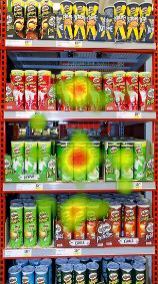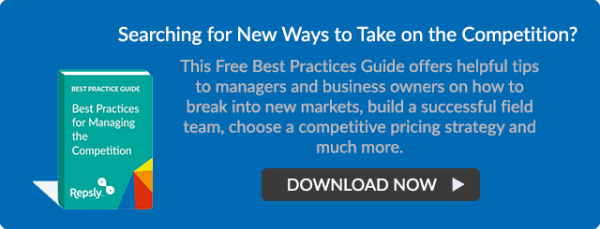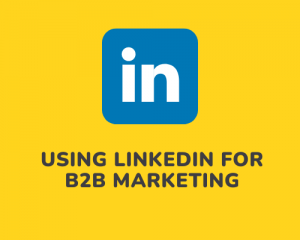 Pay for entry, pay for space, pay to stay, and pay to limit rival shelf space. Slotting fees and practices vary depending on the product, vendor, and market conditions. Still, much of the pricing system is under a shroud of secrecy. The only fact we know is that having money and clout will score you prime shelving real estate.
Pay for entry, pay for space, pay to stay, and pay to limit rival shelf space. Slotting fees and practices vary depending on the product, vendor, and market conditions. Still, much of the pricing system is under a shroud of secrecy. The only fact we know is that having money and clout will score you prime shelving real estate.
According to a Federal Trade Commission study, it is speculated that some retailers earn more profit carrying products from vendors than they do from selling products to customers. Even established manufacturers like Kraft must still pay to place new products on the shelves. For small & medium businesses, these fees serve as huge barriers to entry.
The odds are stacked against new products. New product failure rates are greater than 90 percent and success stories are rare. Meanwhile, bigger businesses are getting bigger. Simon Pendry of Bluemarlin explains, “bigger brands tend to get more facings; if you get more facings, you have more visibility, and that tends to lead to more sales, so it perpetuates: The bigger brands continue to be bigger brands.”
So how can SMBs compete against businesses that have both money and clout?

Here are some tips to help your business make the best out of your situation.
First, build clout
If you don’t have the money, you need clout. Developing a strong track record is vital for SMBs. Creating an online storefront or starting in small mom and pop shops are good ways to build your clout, which is your leverage. Use social media platforms and build relationships with bloggers to create buzz around your products and develop your credibility.
Consider the broker option
Some retailers are only available through brokers because they don’t have the time to sit down and listen to individual product offerings that are presented to them. Therefore it might be a good investment to look into brokers, who only get paid when they make a sale. It is worth searching for a reputable broker who has wide connections with buyers.

Know your unique prime real estate
It is conventional knowledge that the prime real estate falls at the bull’s eye zone at the eye-level, and followed by waist-level, knee-level, and then ankle-level. However research shows that customer responses change depending on product package size and intended market segments. Studies have shown that when a 54 oz. juice was shifted from a non-visible lower shelf to a higher visible location, sales dropped by 15% because of the difficulty of lifting the item. If you are targeting children, lower shelves hold the best merchandising opportunities. Depending on your product, understand who your target is and where your prime real estate really is. Also remember, more doesn’t always mean better.
Co-brand your display
Try to co-brand a display with products in your category. For instance, if you sell wine, pair it with cheese or bread that goes well with it. If you’re successful, you can land a spot in another section in the store that might not be possible without a pairing.
Target a failing competitive brand
Research the competitors in your space through IRI or Nielsen Scantrack data. If you find a brand that is over-spaced for the number of turnover, you can point out the findings to the chain buyer and let them investigate and take the appropriate course of action.
All SMBs understand that the odds are against them. However, there are still ways around a tight budget and limited clout. Pick and choose the right strategies for your business and learn how to play to your strengths.
Business Articles | Business 2 Community
(387)






